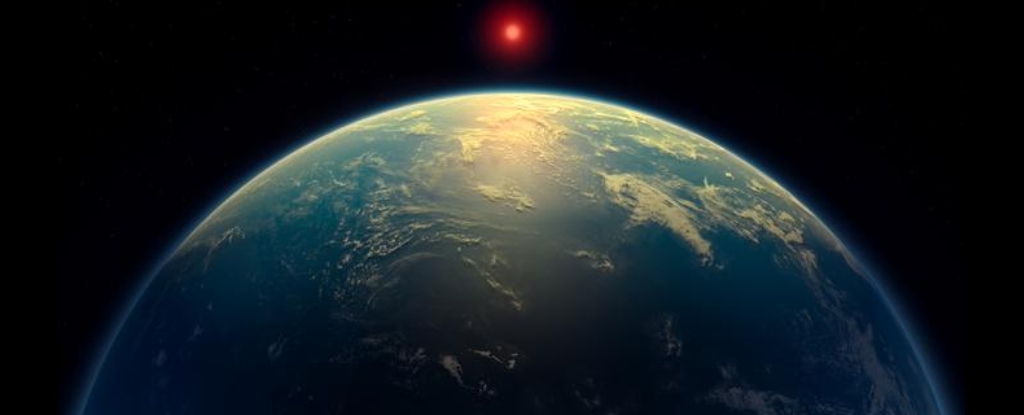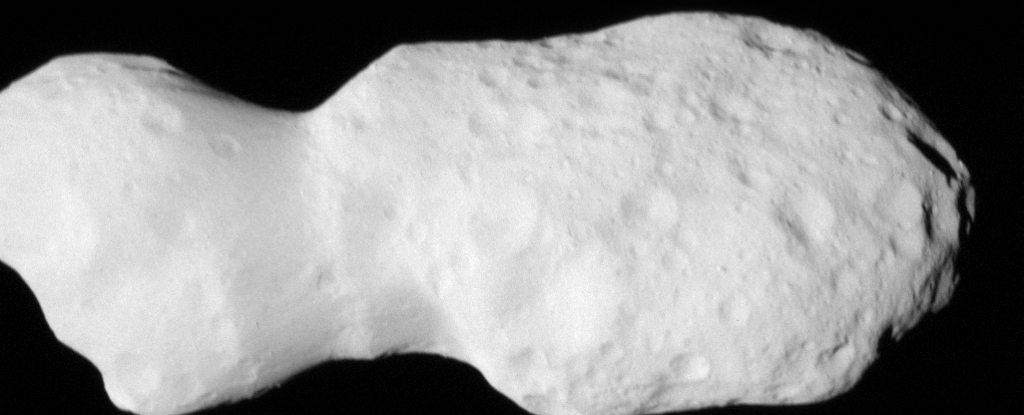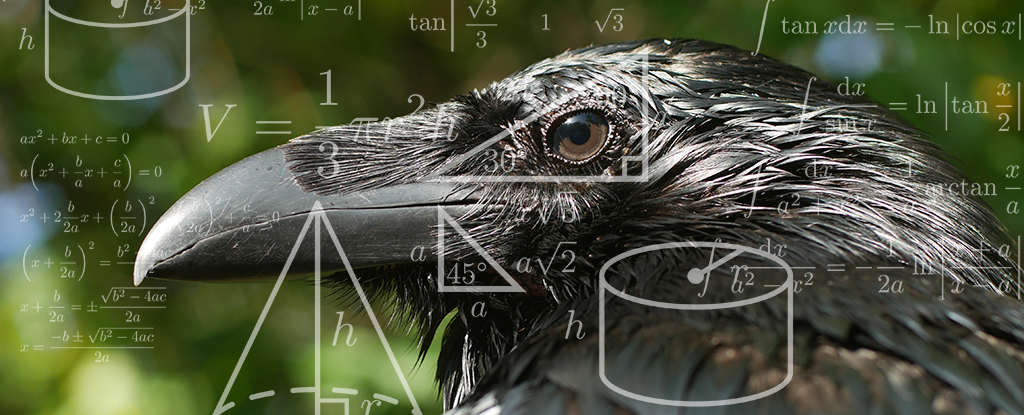Recent analysis of data from the James Webb Space Telescope (JWST) has provided new measurements of the universe’s expansion rate, offering fresh insights into the long-standing debate known as the “Hubble tension.” For years, astronomers have struggled to reconcile two major methods of measuring the universe’s expansion, which have produced differing results. The new study, led by University of Chicago astronomer Wendy Freedman, measured the expansion rate using light from 10 nearby galaxies using three different methods. The findings suggest that the perceived conflict between these methods may not be as significant as once thought.
Understanding the Hubble Tension
The Hubble constant, which measures the rate of the universe’s expansion, is a key factor in understanding the universe’s history. Traditionally, two methods have been used to calculate it: one based on the cosmic microwave background radiation from the Big Bang, and the other on observing stars in nearby galaxies.
The former method has consistently produced a lower value, while the latter has yielded a higher rate, leading to speculation that something fundamental might be missing from our current cosmological models. This missing data was denoted using the term Hubble tension.
New Data from Webb Telescope
Using the Webb Telescope, Freedman and her team analyzed light from 10 nearby galaxies, applying three independent methods to measure the expansion rate. These methods involved Cepheid variable stars, the Tip of the Red Giant Branch, and carbon stars, all known for their predictable brightness. The results aligned closely with the cosmic microwave background method, suggesting the two previously conflicting measurements may not be as different as previously thought.
Impact on Cosmology
The findings from this study are significant because they suggest that the standard model of the universe’s evolution might still be accurate. While the debate over the Hubble tension continues, this new data provides a clearer picture and could guide future research. Freedman told Phys.org that ongoing observations with the Webb Telescope will be essential in resolving this issue and understanding its broader implications for cosmology.





